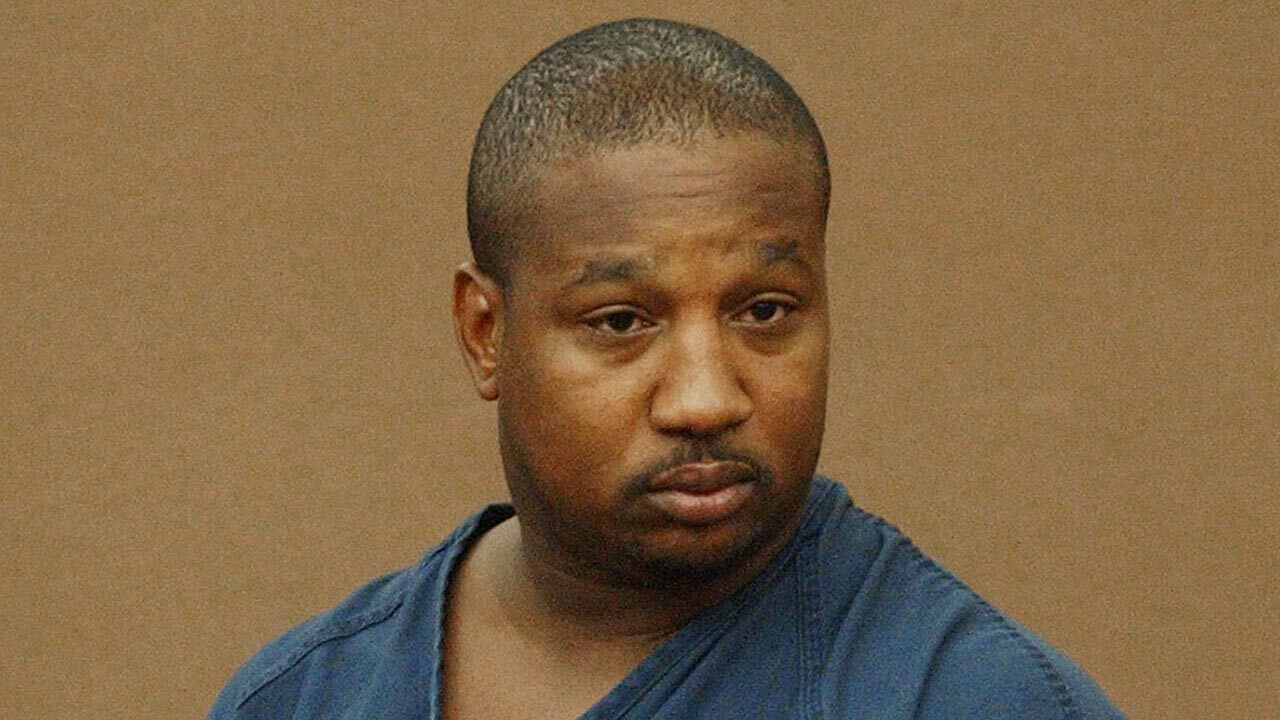
Derrick Todd Lee, also known as the Baton Rouge Serial Killer, terrorized Louisiana from 1992 to 2003. His crimes shocked the community and left a lasting impact. But who was Derrick Todd Lee, and what drove him to commit such heinous acts? Born in 1968, Lee's early life showed signs of trouble, with a history of violence and criminal behavior. He targeted women, often stalking them before attacking. His capture in 2003 brought relief to many, but questions about his motives and methods remain. Understanding Lee's background and the details of his crimes can offer insights into the mind of a serial killer. This post delves into 38 facts about Derrick Todd Lee, shedding light on his life, crimes, and the investigation that ultimately led to his arrest.
Key Takeaways:
- Derrick Todd Lee's troubled childhood and lack of stable family life contributed to his criminal behavior, highlighting the importance of early intervention in troubled youths.
- Lee's heinous crimes led to changes in law enforcement practices, emphasizing the significance of better handling of DNA evidence and increased security measures in communities.
Early Life and Background
Understanding Derrick Todd Lee's early years provides insight into his later actions. Here are some key facts about his background.
- Born on November 5, 1968 in St. Francisville, Louisiana, Lee grew up in a small town environment.
- Lee's father left the family when he was just two years old, leaving his mother to raise him and his siblings alone.
- He struggled academically and was held back in school multiple times, which affected his self-esteem.
- Lee was diagnosed with a learning disability early in his school years, making education a challenge.
- He had a history of behavioral issues from a young age, including cruelty to animals and peeping into neighbors' homes.
Criminal Activities
Lee's criminal activities escalated over time, leading to a series of heinous crimes that shocked the community.
- His criminal record began in his teens with petty theft and burglary.
- Lee was arrested multiple times for stalking women, a behavior that would later escalate.
- He was known to peep into windows and watch women, earning him the nickname "Peeping Tom."
- Lee's first known murder occurred in 1998, marking the start of his killing spree.
- He targeted women of various ages and backgrounds, making his crimes unpredictable.
The Baton Rouge Serial Killer
Lee became infamous as the Baton Rouge Serial Killer, a title that struck fear into the hearts of many.
- He was linked to at least seven murders in the Baton Rouge area between 1998 and 2003.
- Lee's victims were often found in their homes, having been brutally attacked.
- DNA evidence played a crucial role in connecting him to the crimes.
- He was known for his violent methods, often using blunt force trauma and stabbing.
- Lee's crimes led to widespread panic in the Baton Rouge community, with women taking extra precautions.
Capture and Trial
The capture and trial of Derrick Todd Lee were pivotal moments in bringing justice to his victims.
- Lee was arrested on May 27, 2003, after a multi-state manhunt.
- He was apprehended in Atlanta, Georgia, where he had fled to avoid capture.
- DNA evidence was instrumental in securing his arrest and subsequent conviction.
- Lee was charged with two counts of first-degree murder, among other charges.
- His trial began in August 2004, drawing significant media attention.
Conviction and Sentencing
The legal proceedings against Lee were intense, leading to his ultimate conviction and sentencing.
- Lee was convicted of the murder of Geralyn DeSoto in 2004.
- He received a death sentence for the murder of Charlotte Murray Pace in 2004.
- Lee was also linked to several other unsolved cases, though not all resulted in convictions.
- His appeals were denied, solidifying his fate on death row.
- Lee was held at the Louisiana State Penitentiary, known as Angola Prison.
Psychological Profile
Understanding Lee's psychological profile helps explain his actions and behaviors.
- Lee was diagnosed with Antisocial Personality Disorder, characterized by a lack of empathy and remorse.
- He exhibited traits of a psychopath, including manipulative behavior and superficial charm.
- Lee's violent tendencies were evident from a young age, escalating over time.
- He showed no remorse for his actions, even during his trial and sentencing.
- Experts believe his troubled childhood and lack of stable family life contributed to his criminal behavior.
Death and Legacy
Lee's death marked the end of a dark chapter, but his legacy continues to impact the community.
- Lee died on January 21, 2016, from heart disease while on death row.
- His death brought some closure to the families of his victims.
- Lee's case led to changes in law enforcement practices, including better handling of DNA evidence.
- He is often cited in discussions about the importance of early intervention in troubled youths.
- Lee's crimes remain a cautionary tale about the potential for escalation in criminal behavior.
Impact on the Community
The impact of Lee's actions extended beyond his immediate victims, affecting the entire community.
- His crimes led to increased security measures in Baton Rouge, including more street lighting and neighborhood watch programs.
- The community came together to support the victims' families, showing resilience in the face of tragedy.
- Lee's case is studied in criminal justice programs, serving as a grim reminder of the importance of vigilance and early intervention.
Final Thoughts on Derrick Todd Lee
Derrick Todd Lee's story is a chilling reminder of the darkness that can lurk behind a seemingly normal facade. Known as the Baton Rouge Serial Killer, Lee's crimes shocked the nation and left a lasting impact on the community. His ability to evade capture for years highlighted significant flaws in the investigative process at the time. The eventual use of DNA evidence to link him to multiple murders marked a turning point in forensic science. Lee's case underscores the importance of advancements in technology and the need for vigilance in law enforcement. While his reign of terror ended with his arrest and subsequent death in 2016, the scars he left on his victims' families and the Baton Rouge community remain. Understanding his actions helps us appreciate the critical role of forensic science in solving crimes and bringing justice to victims.
Frequently Asked Questions
Was this page helpful?
Our commitment to delivering trustworthy and engaging content is at the heart of what we do. Each fact on our site is contributed by real users like you, bringing a wealth of diverse insights and information. To ensure the highest standards of accuracy and reliability, our dedicated editors meticulously review each submission. This process guarantees that the facts we share are not only fascinating but also credible. Trust in our commitment to quality and authenticity as you explore and learn with us.


